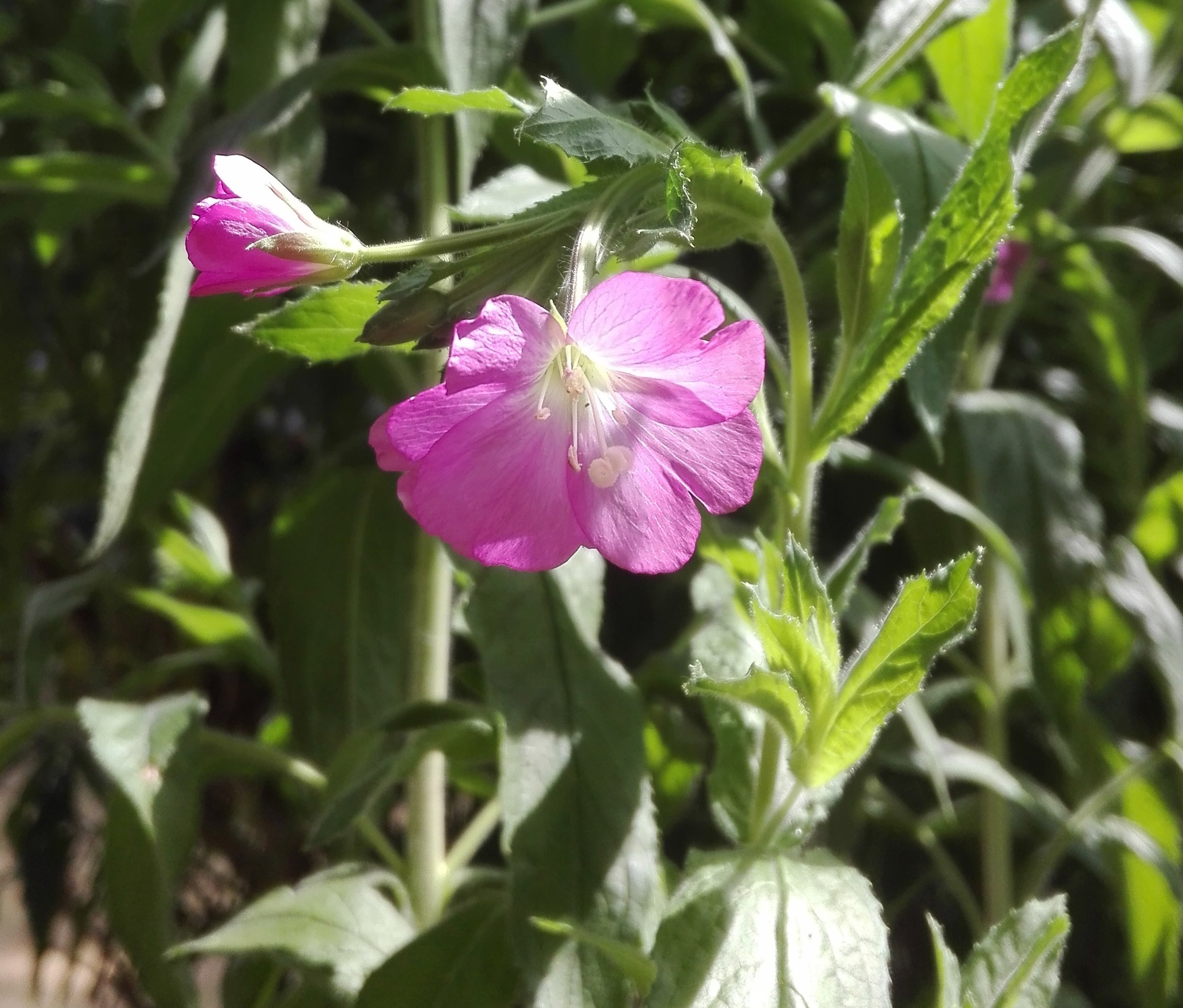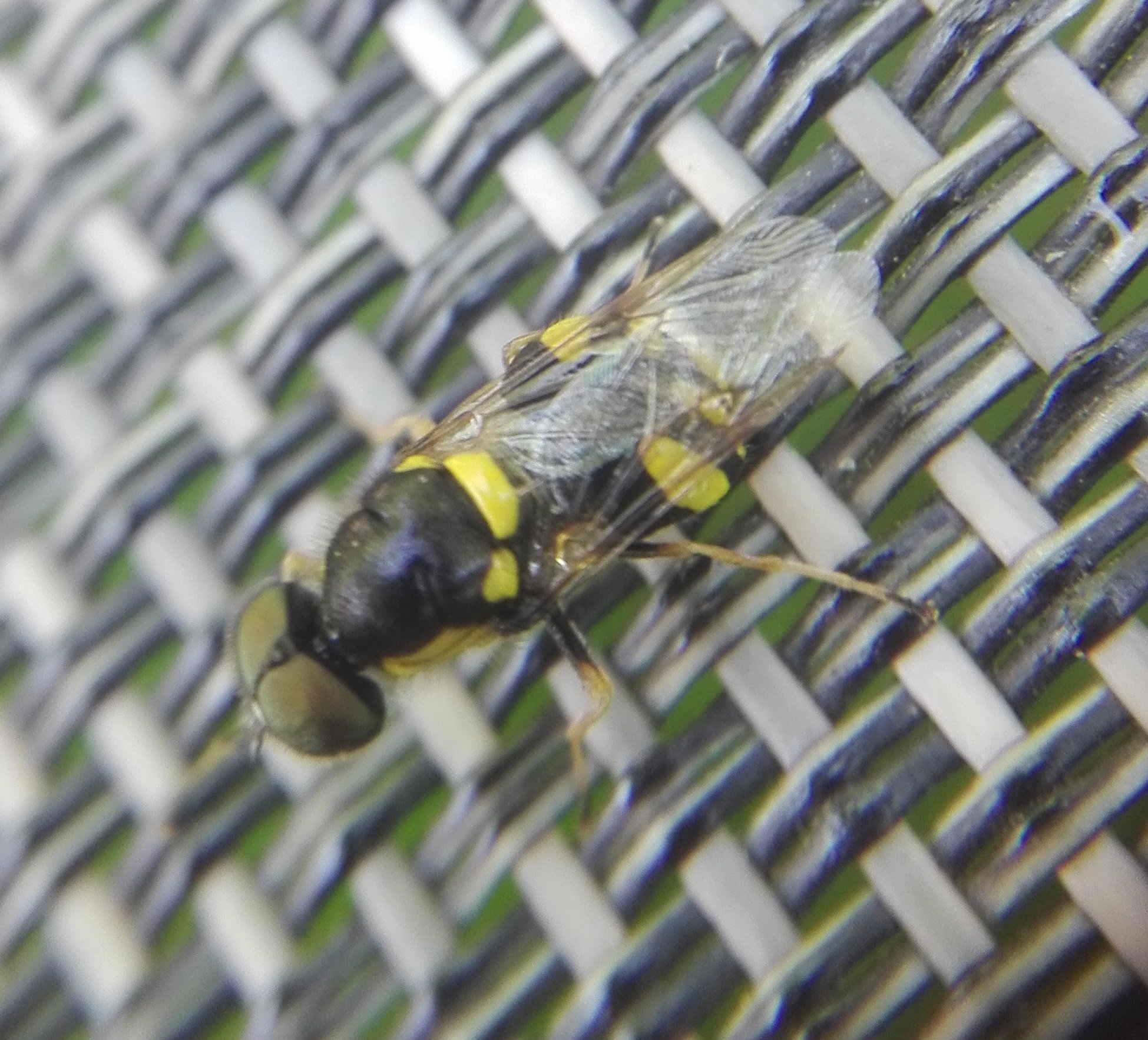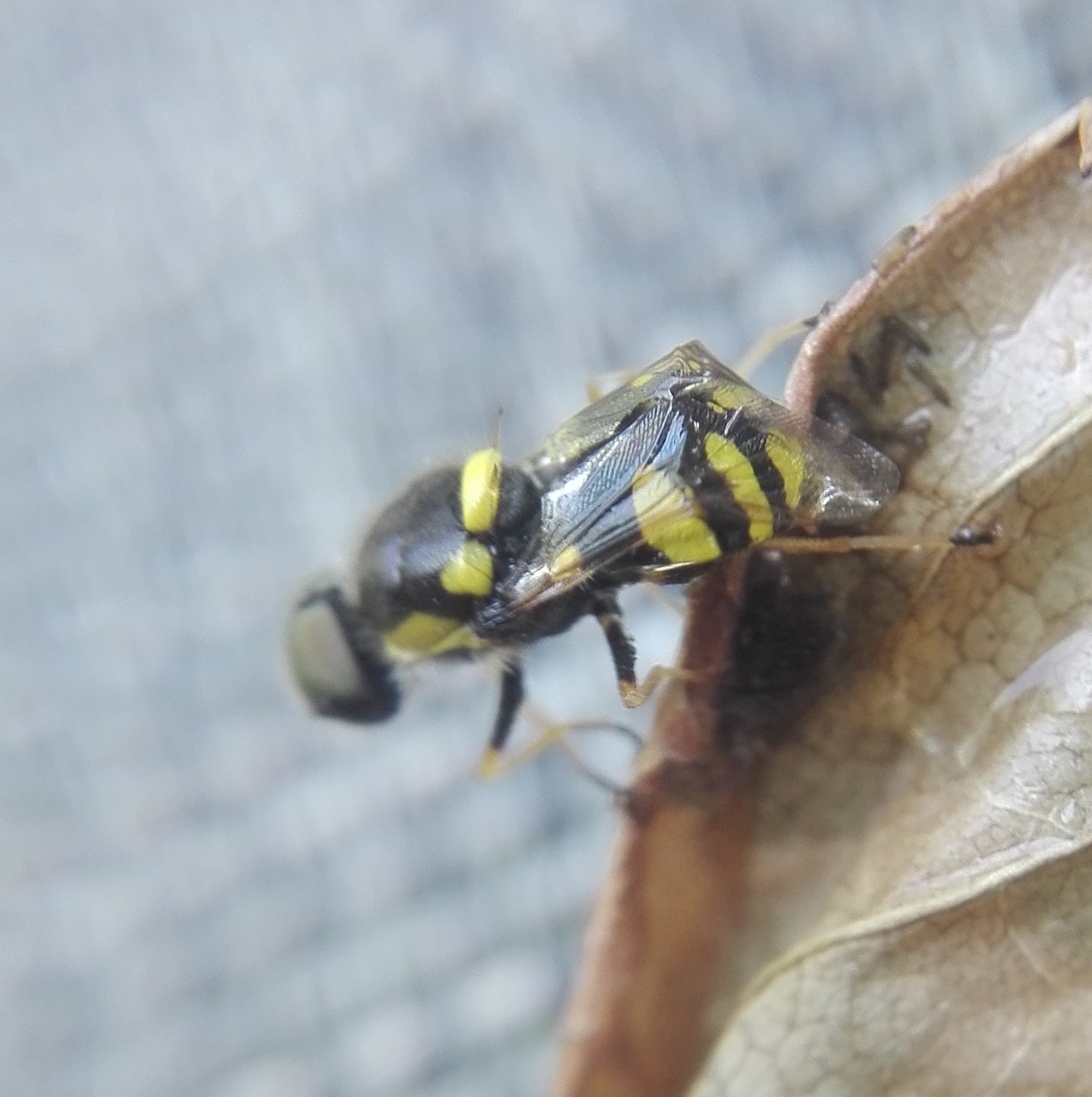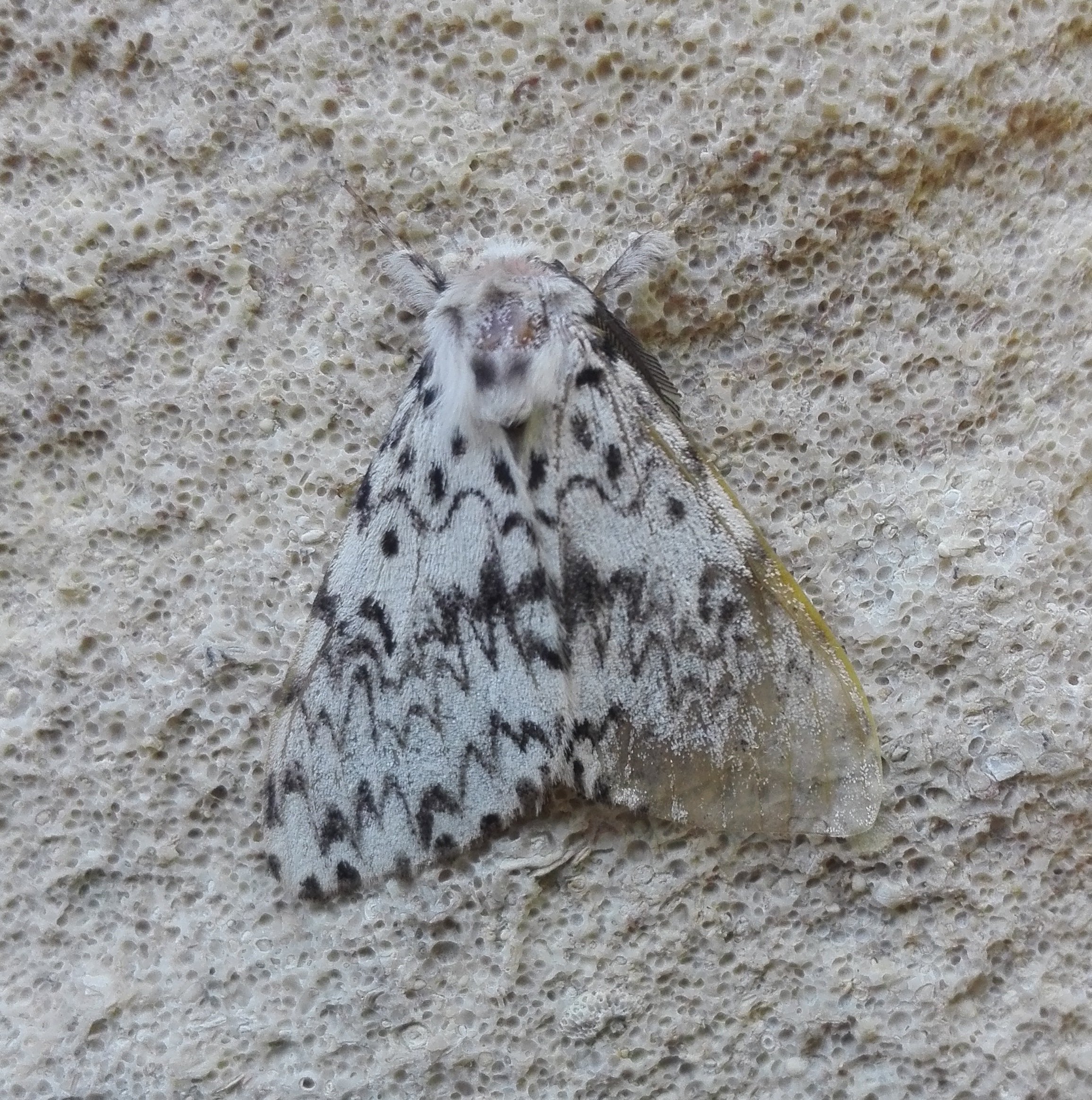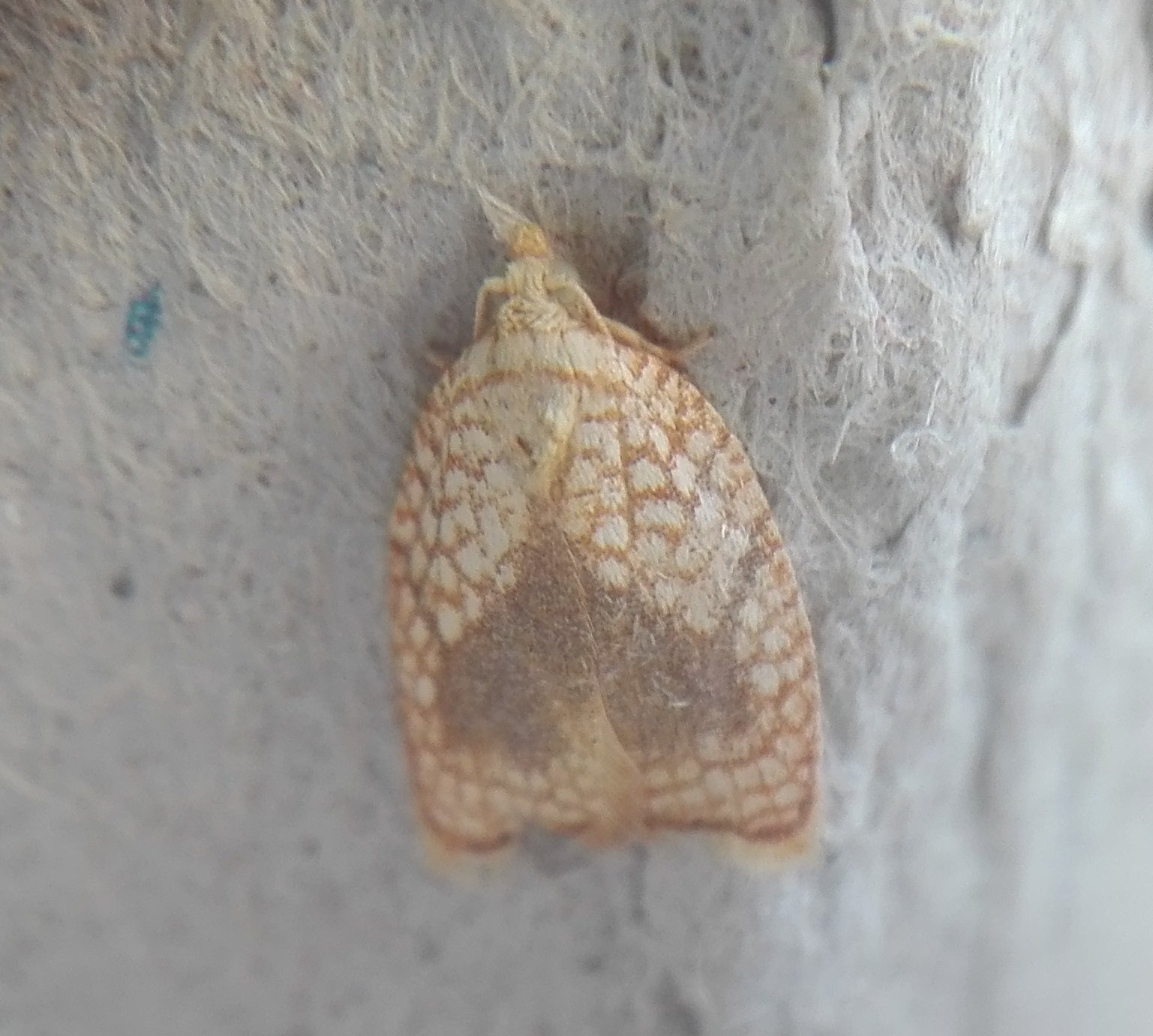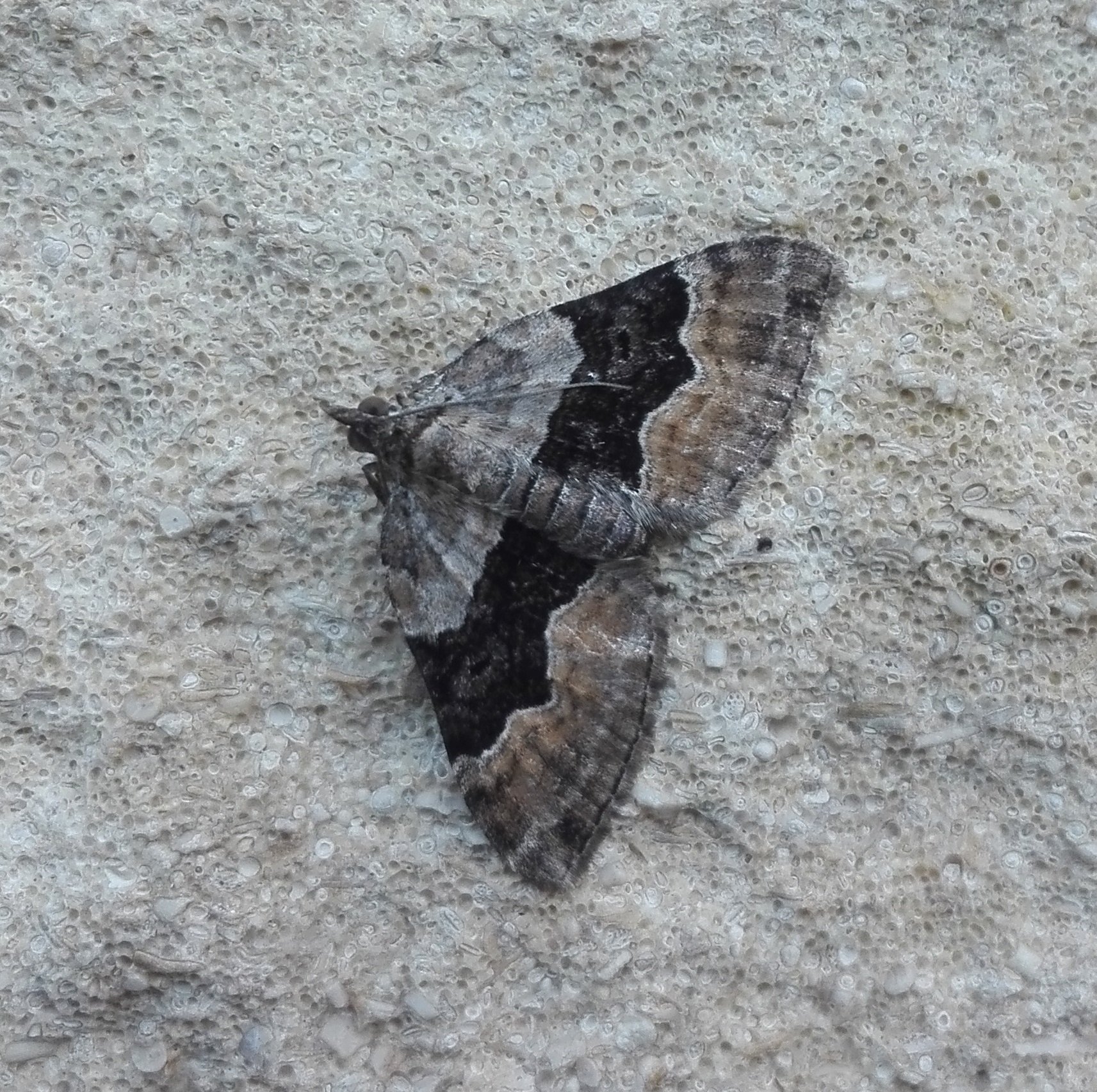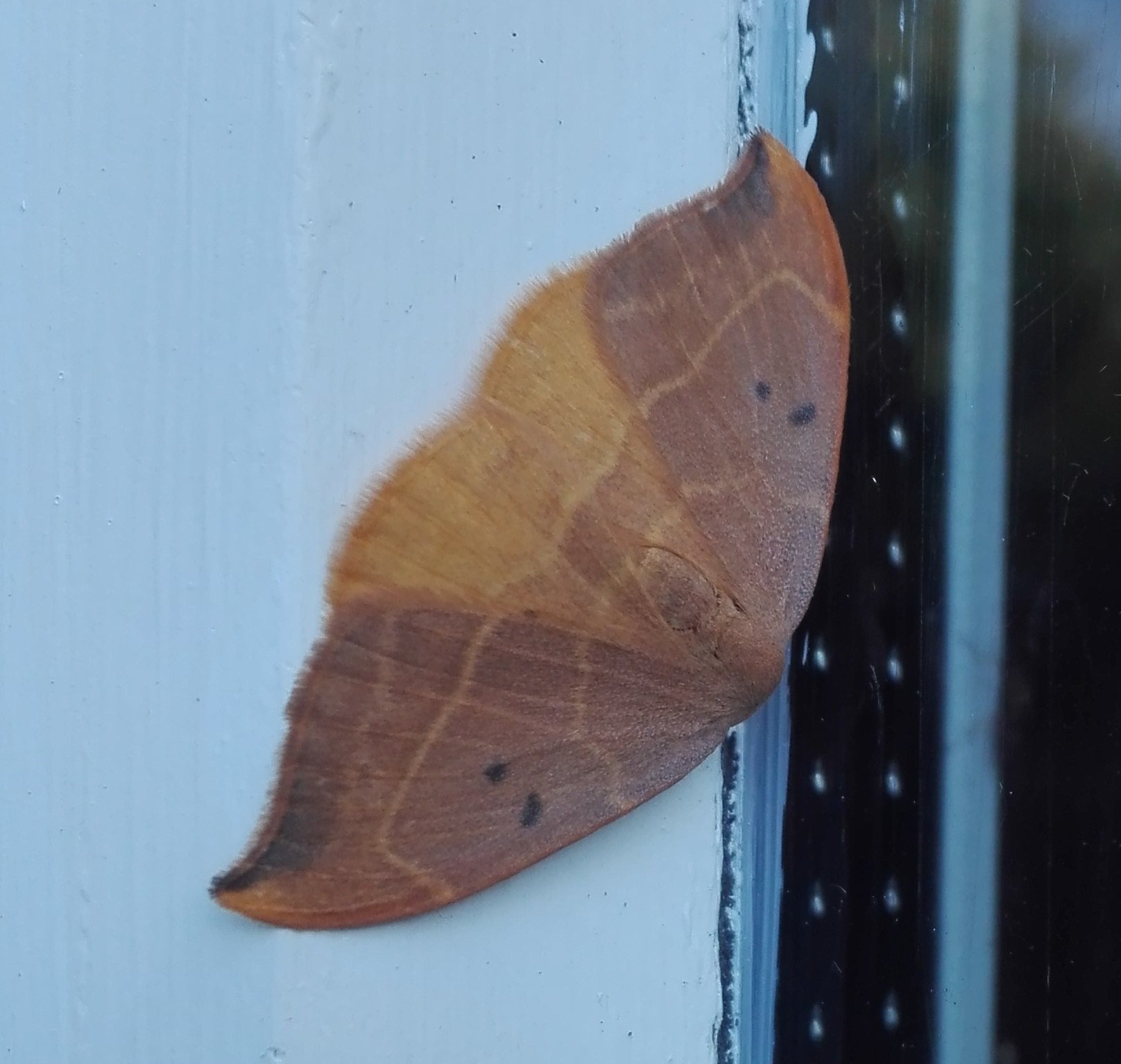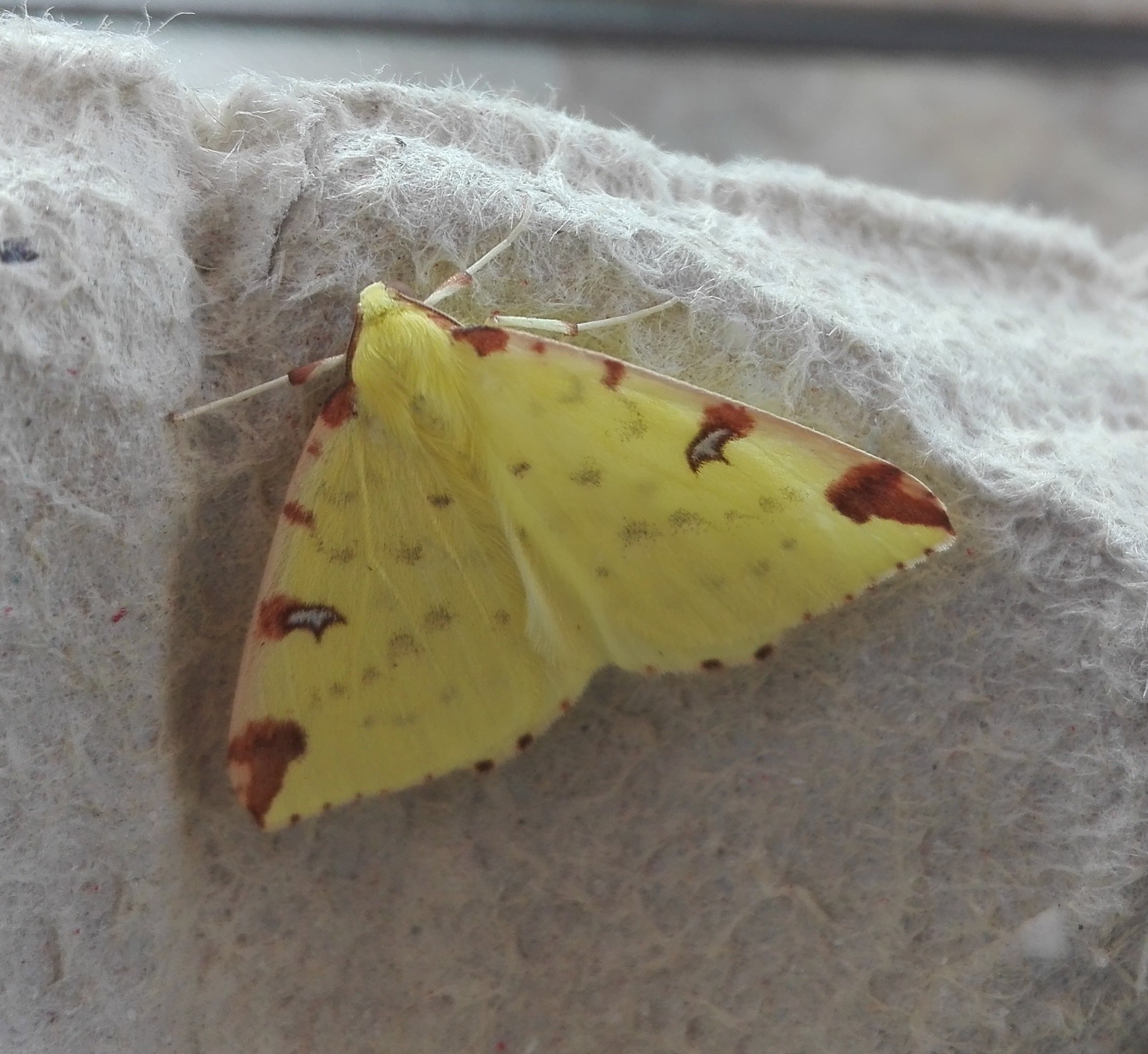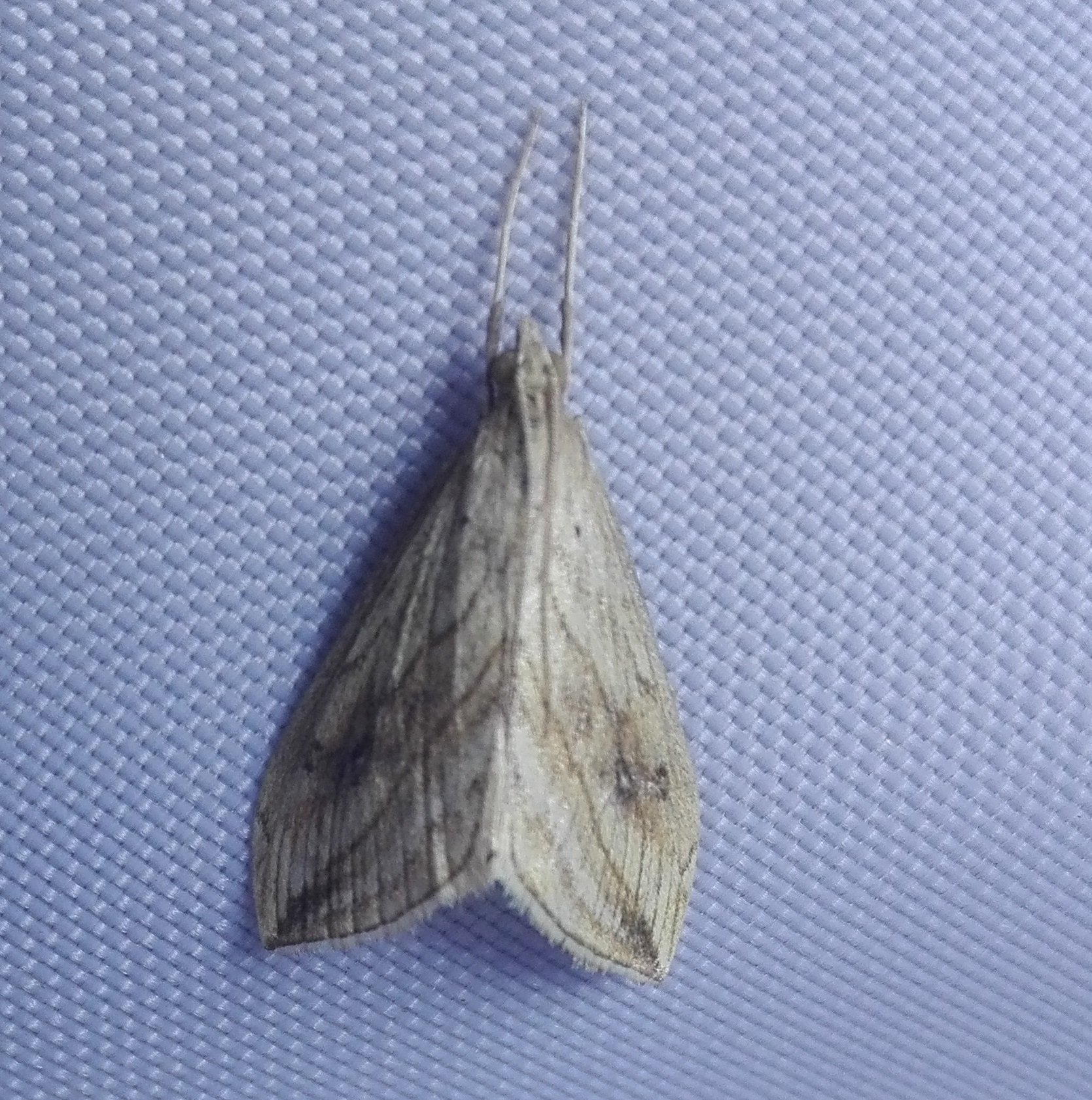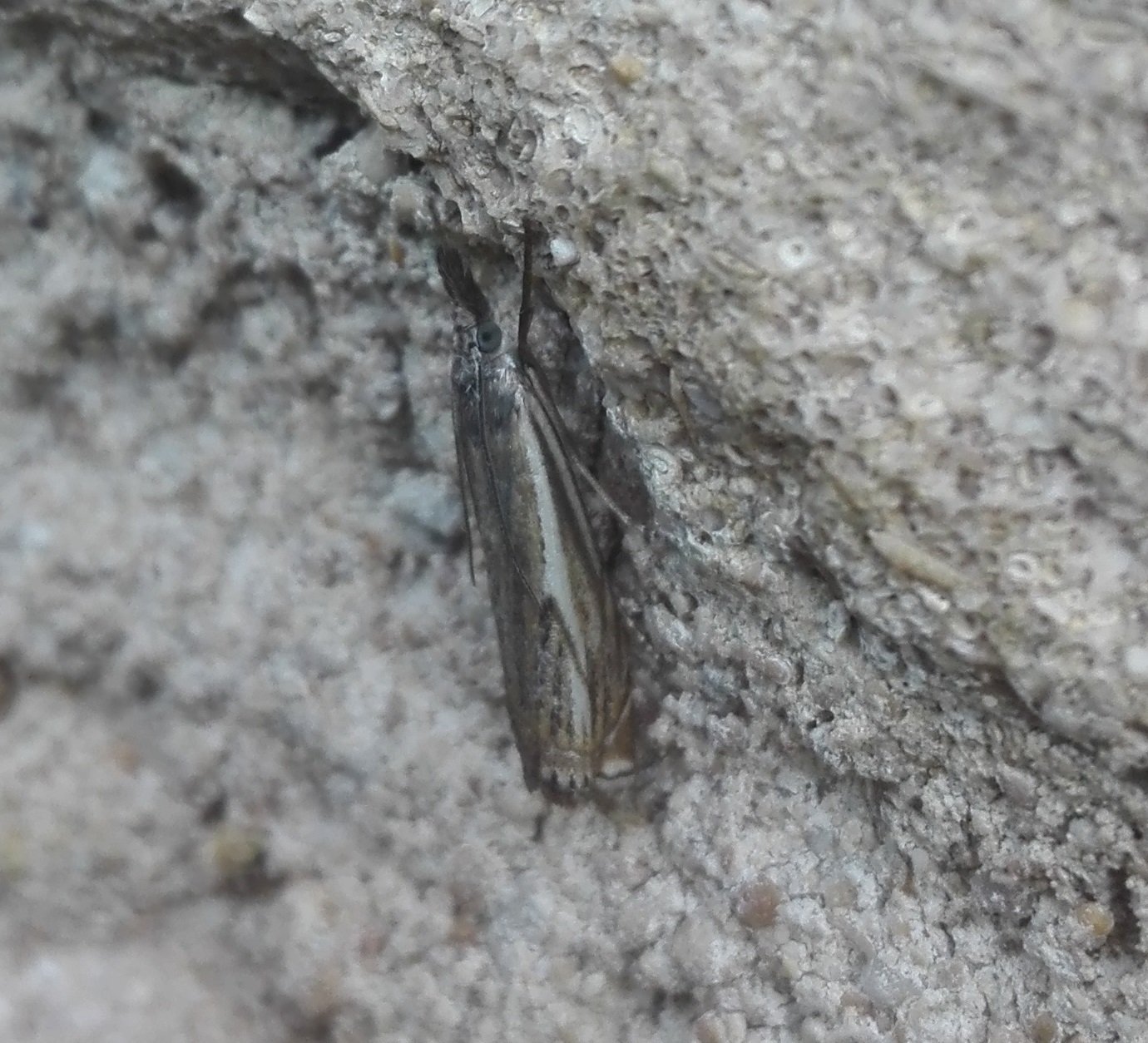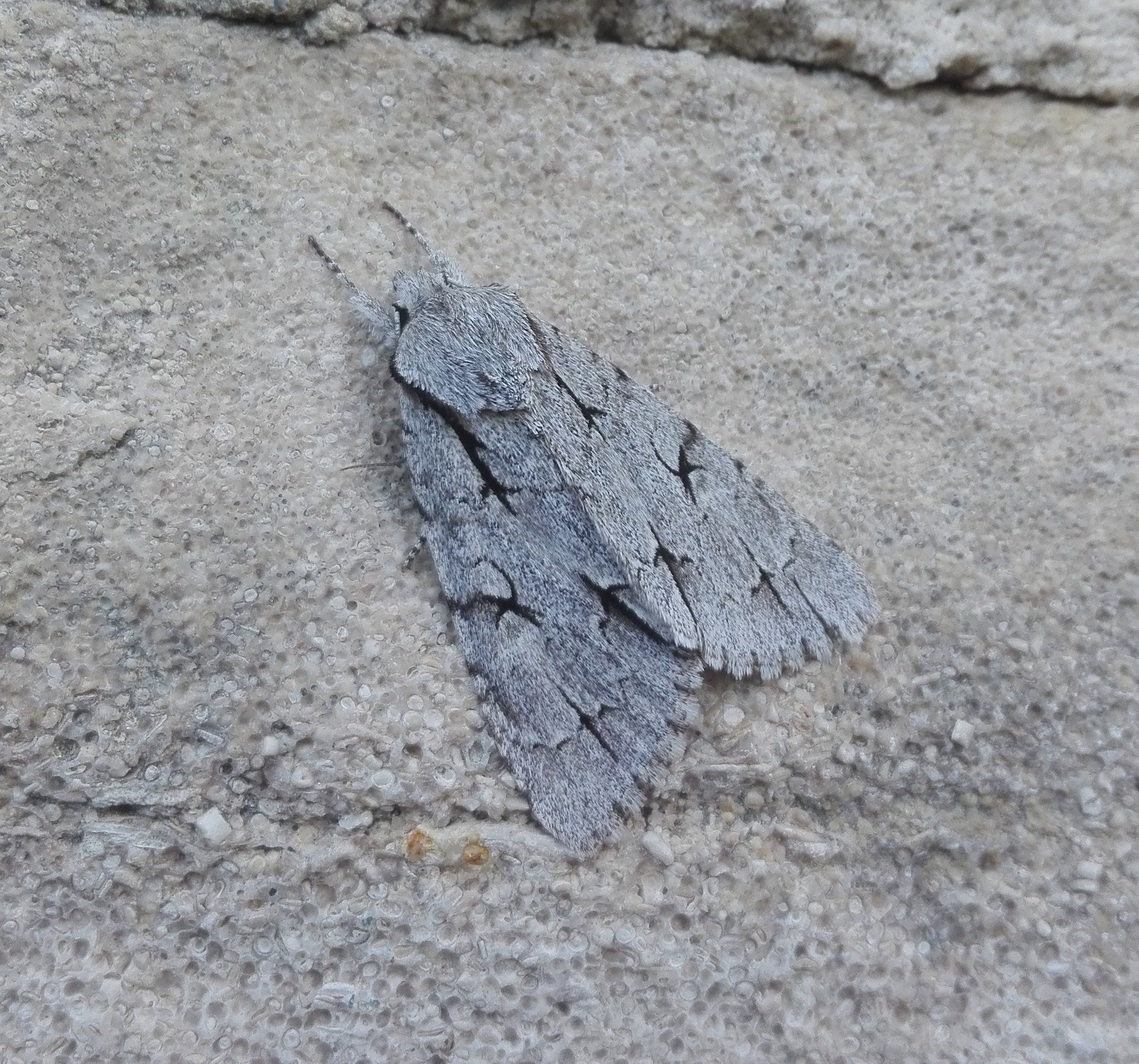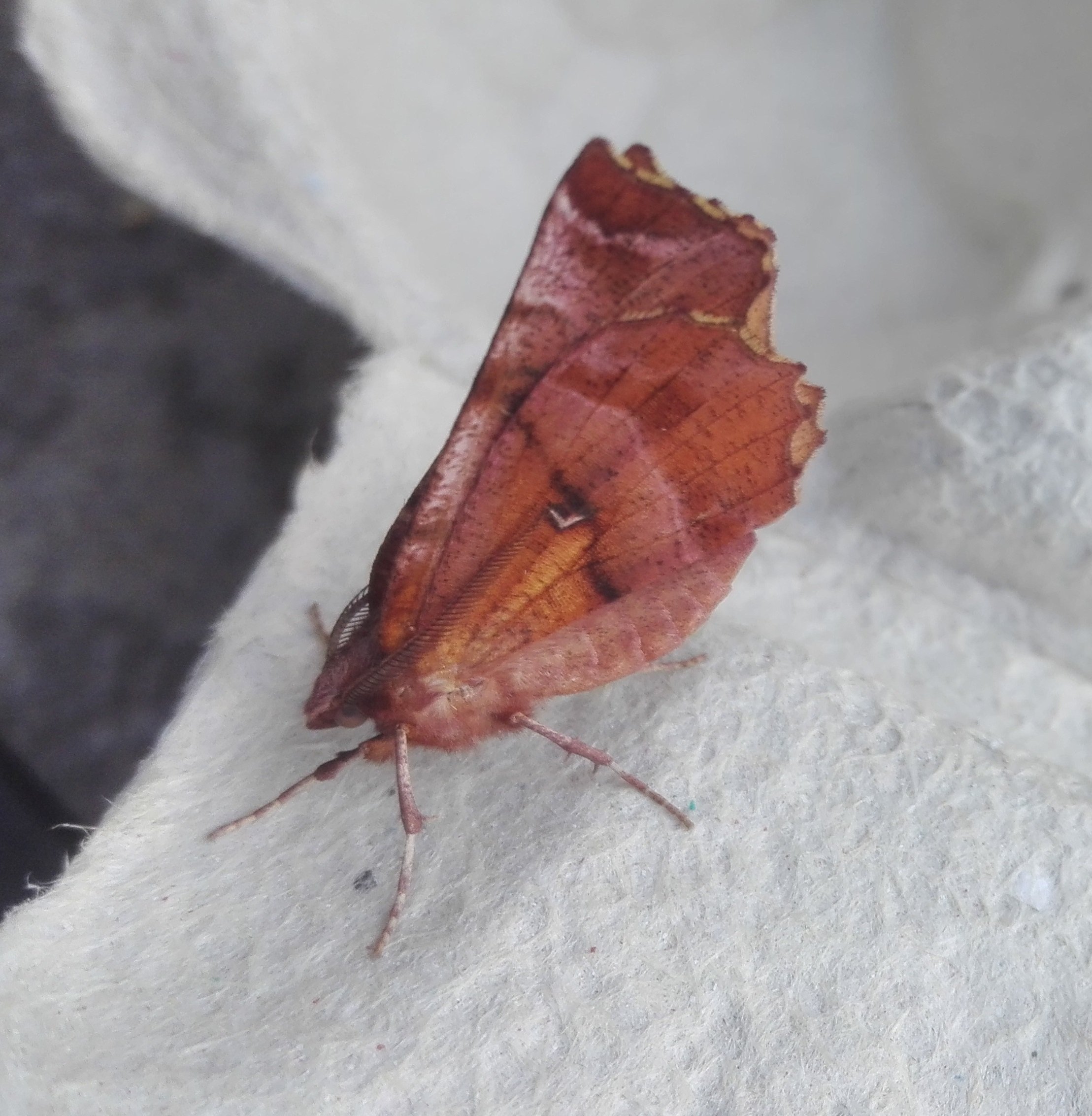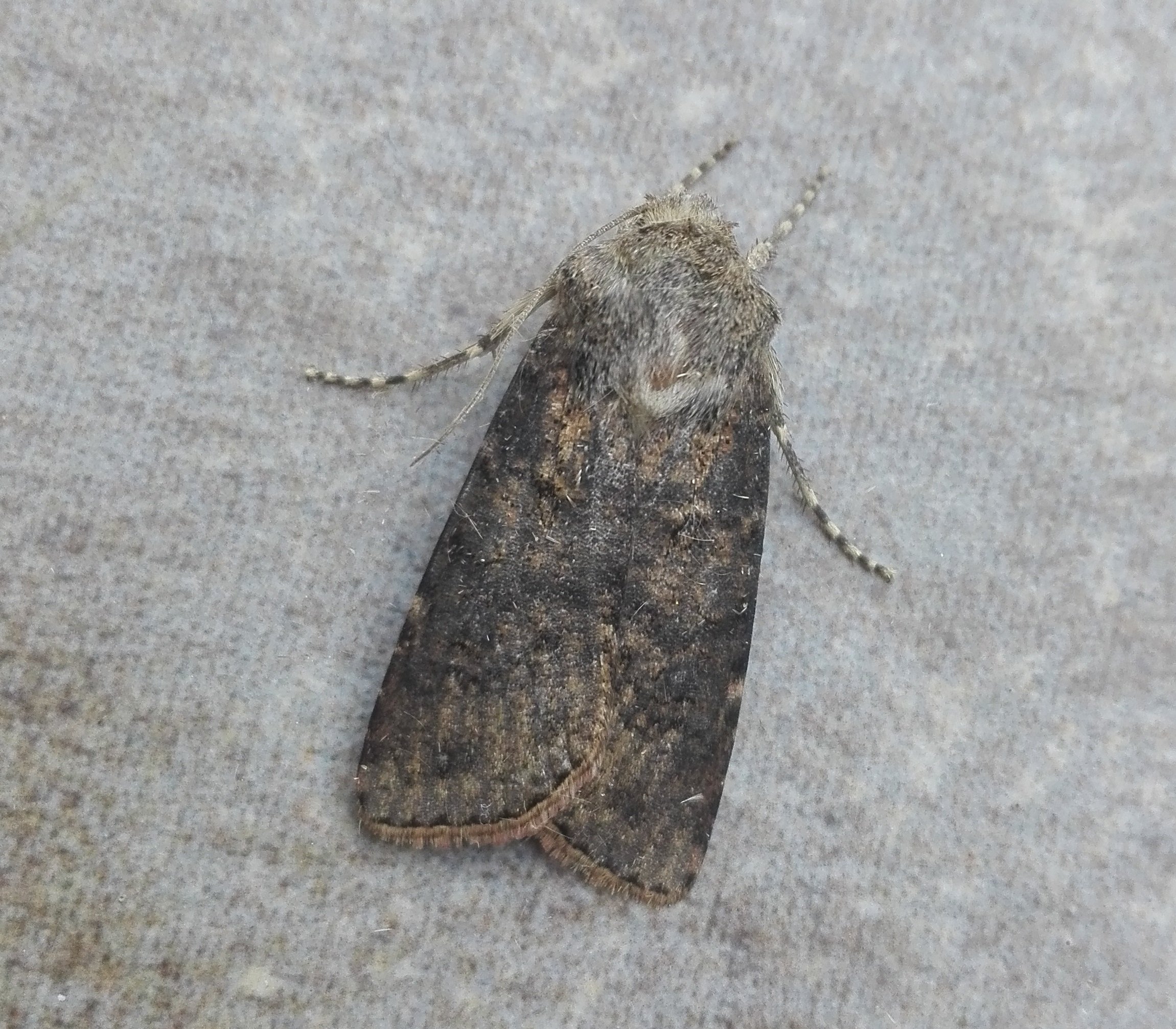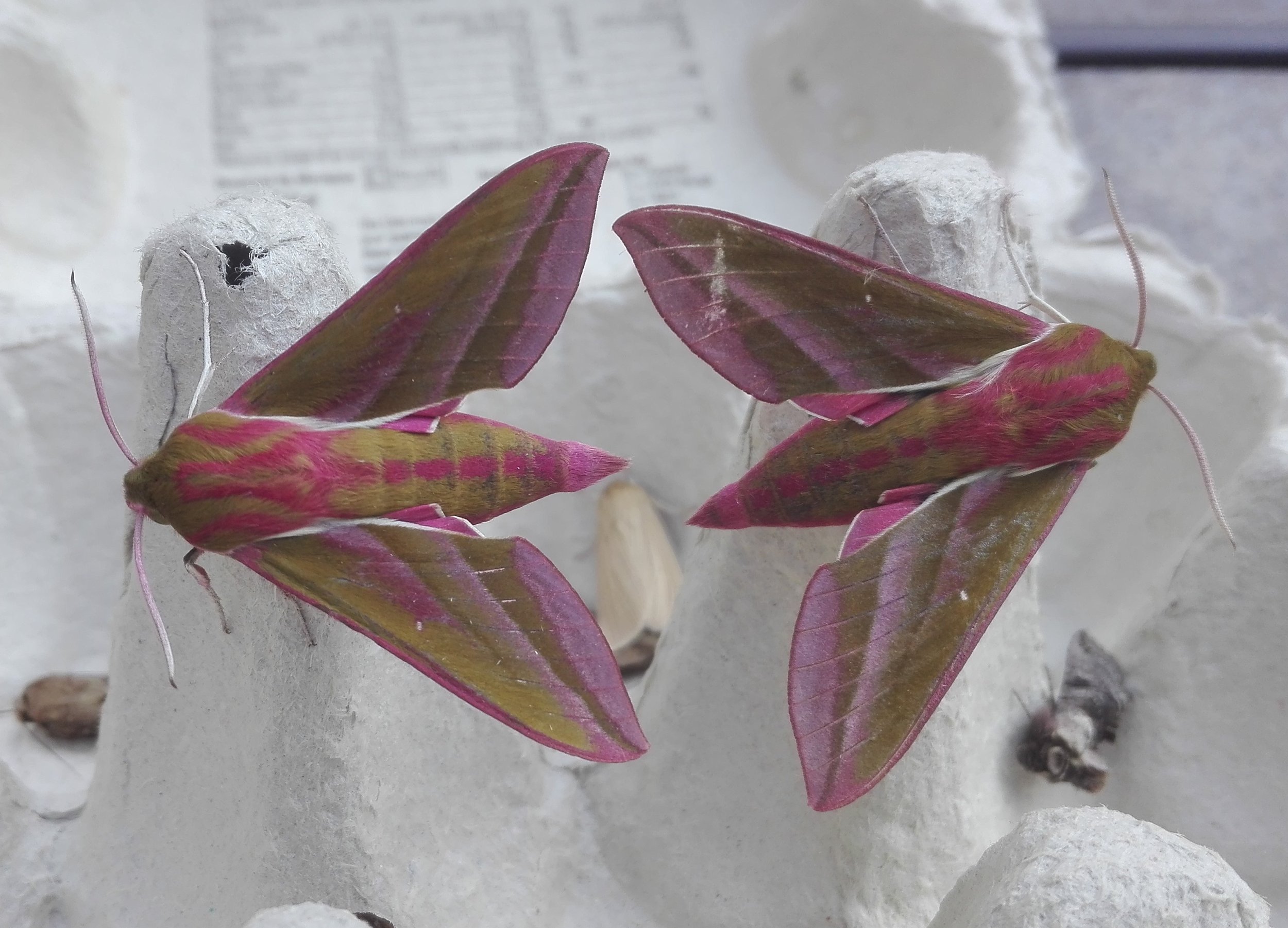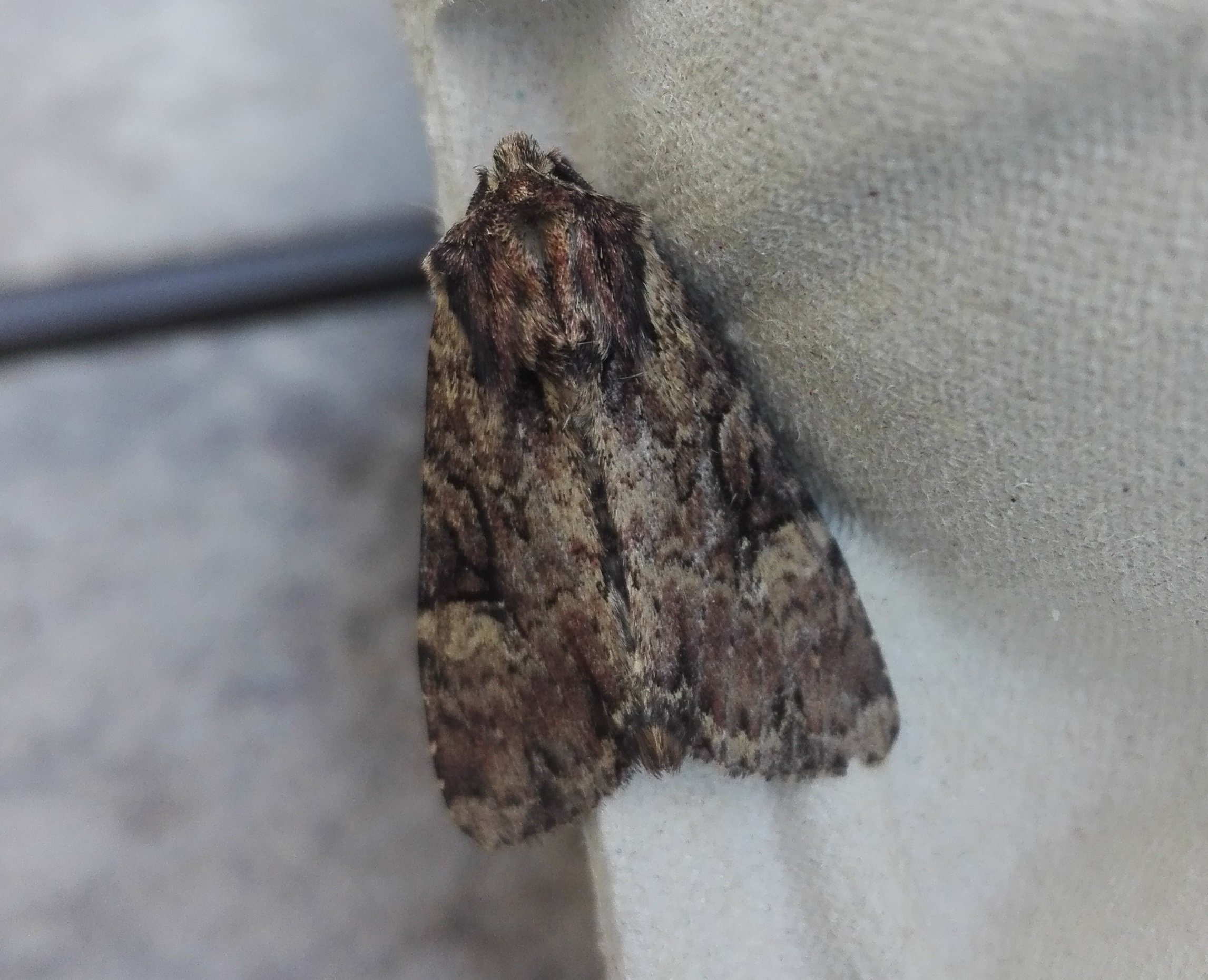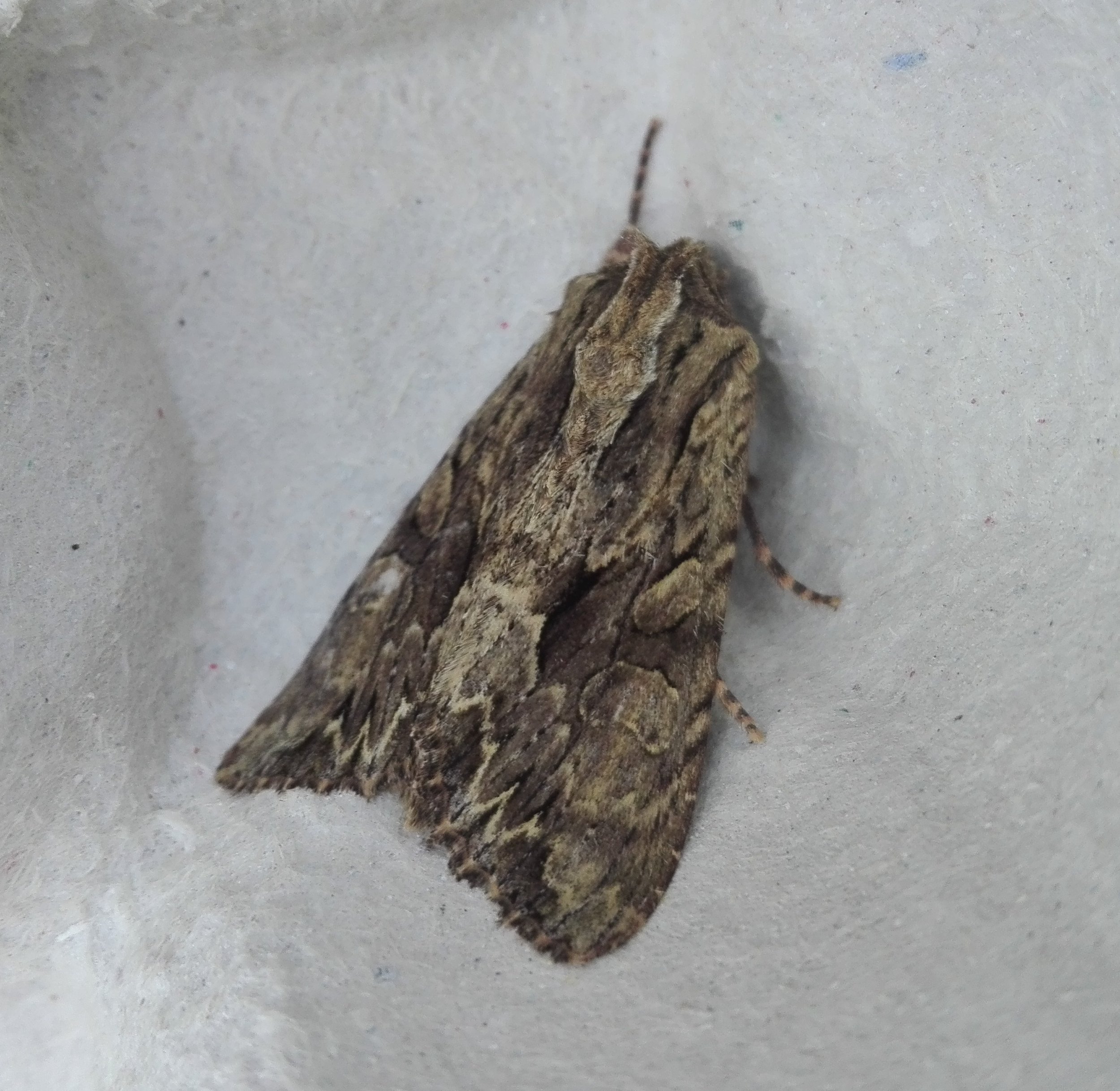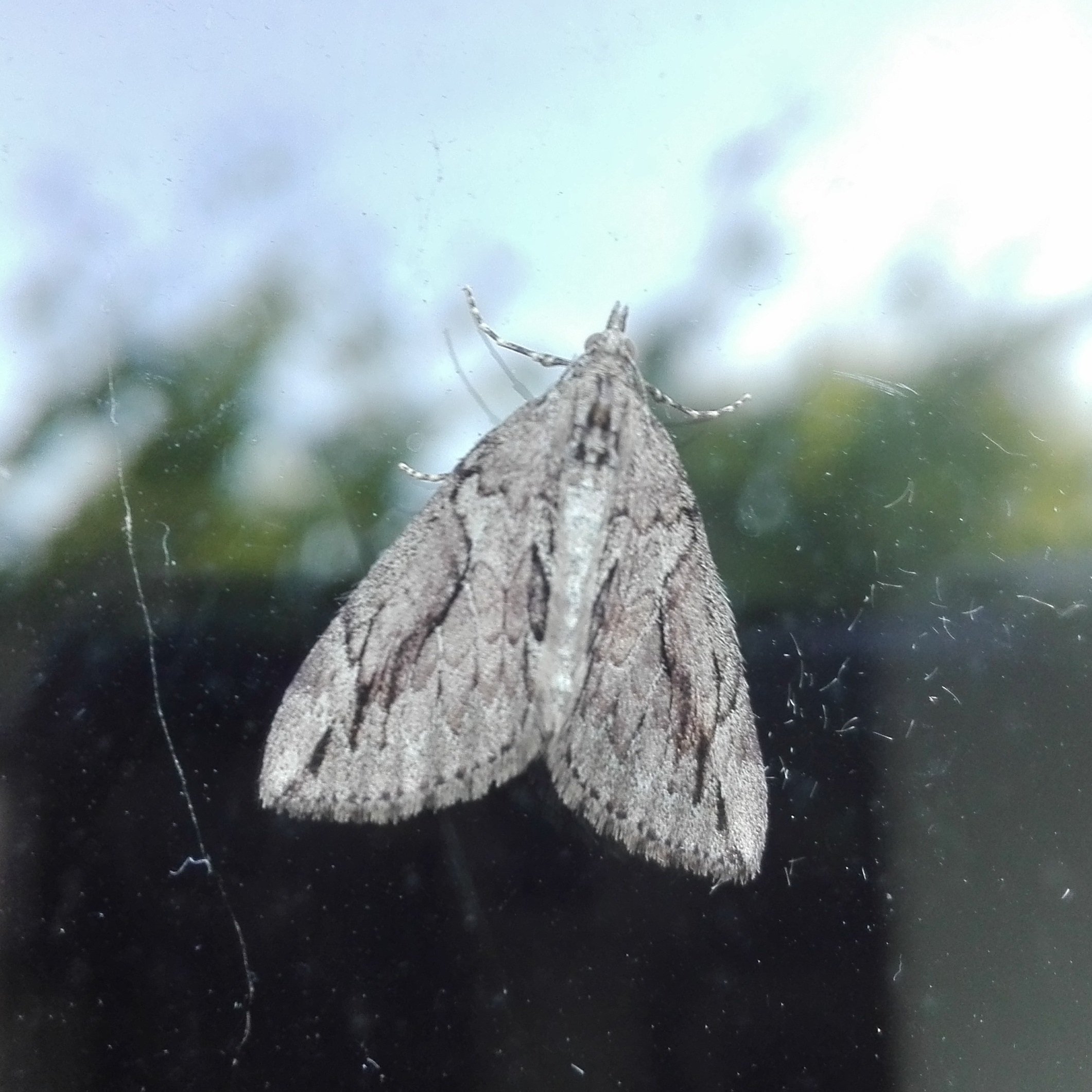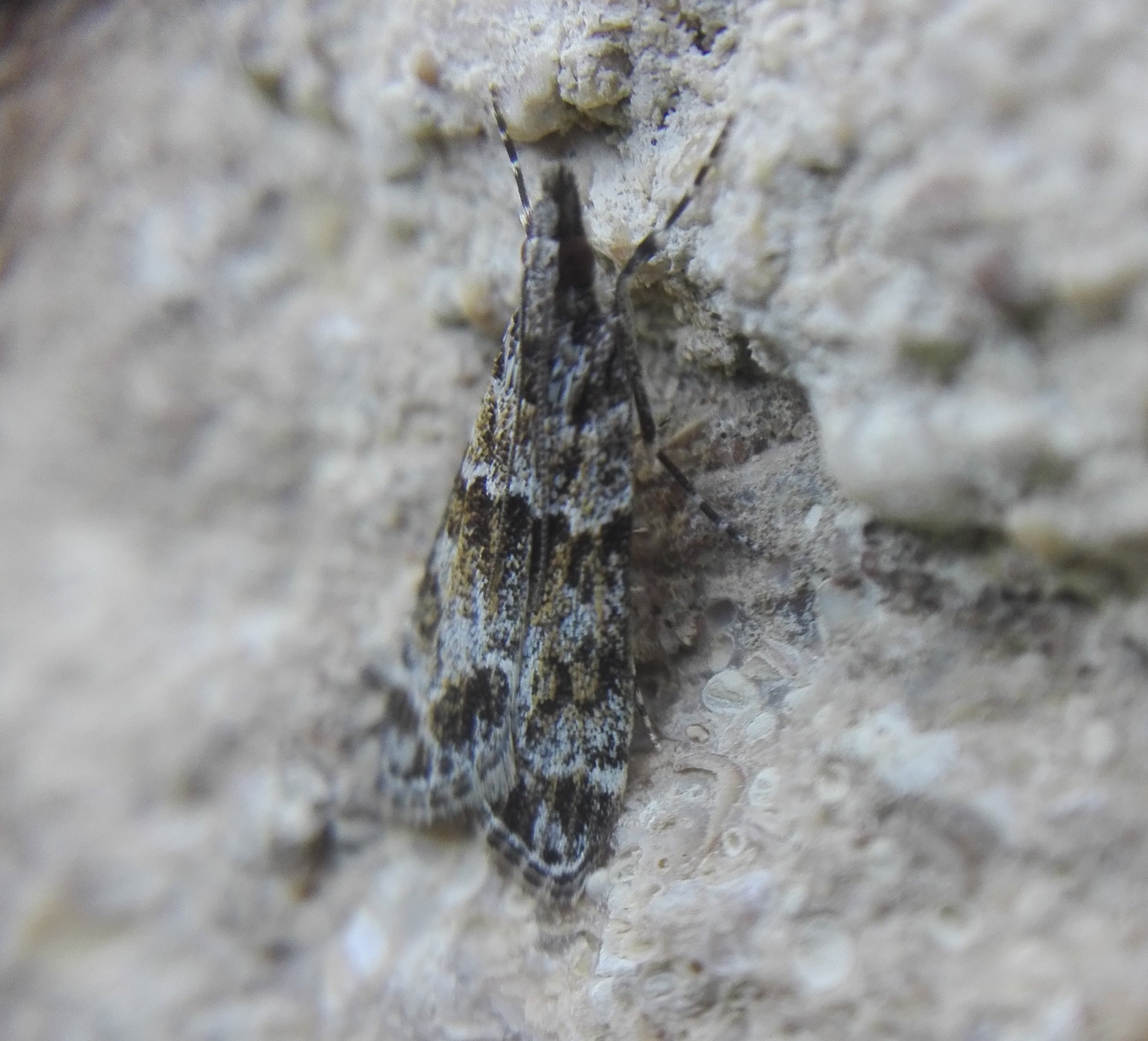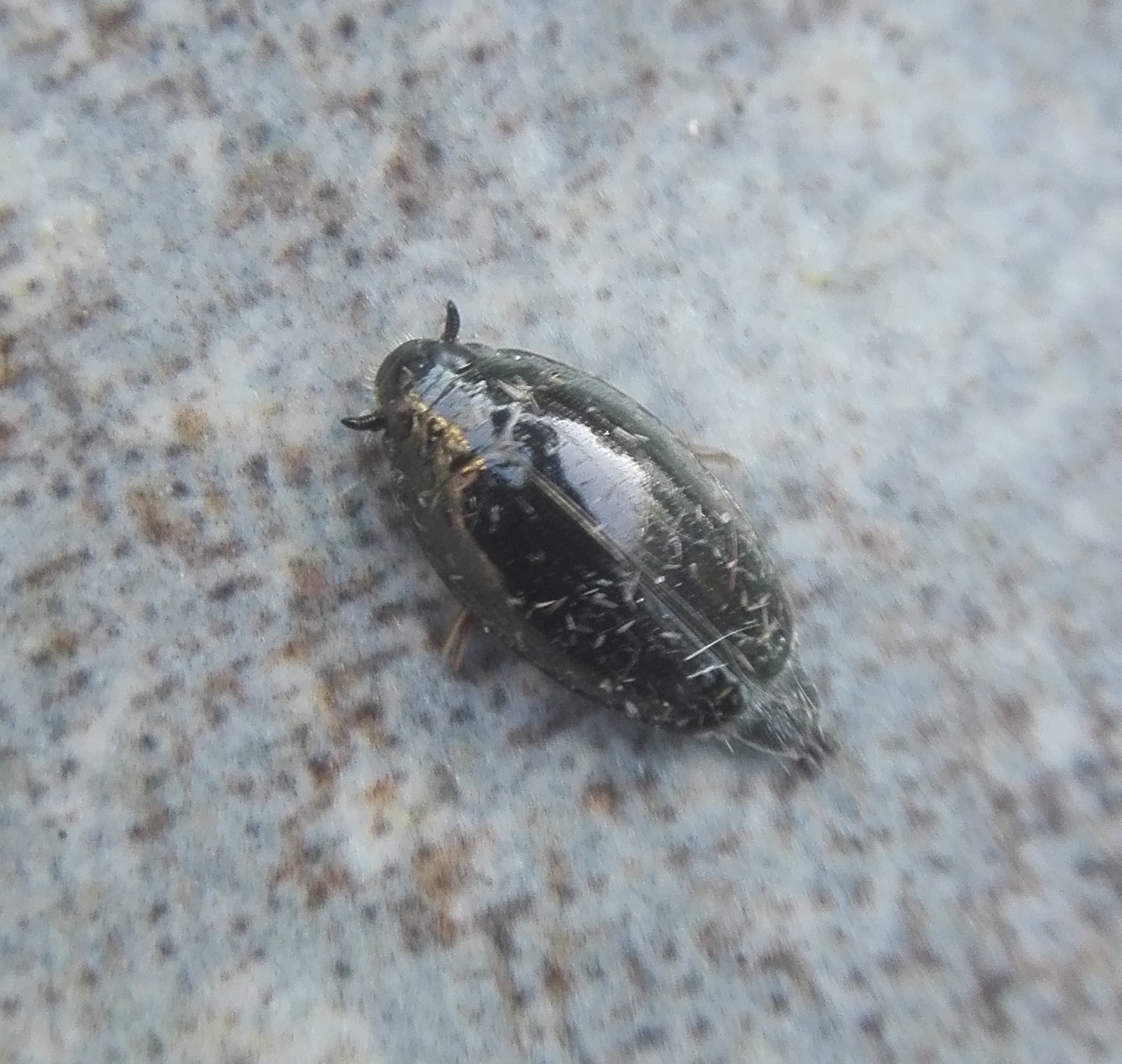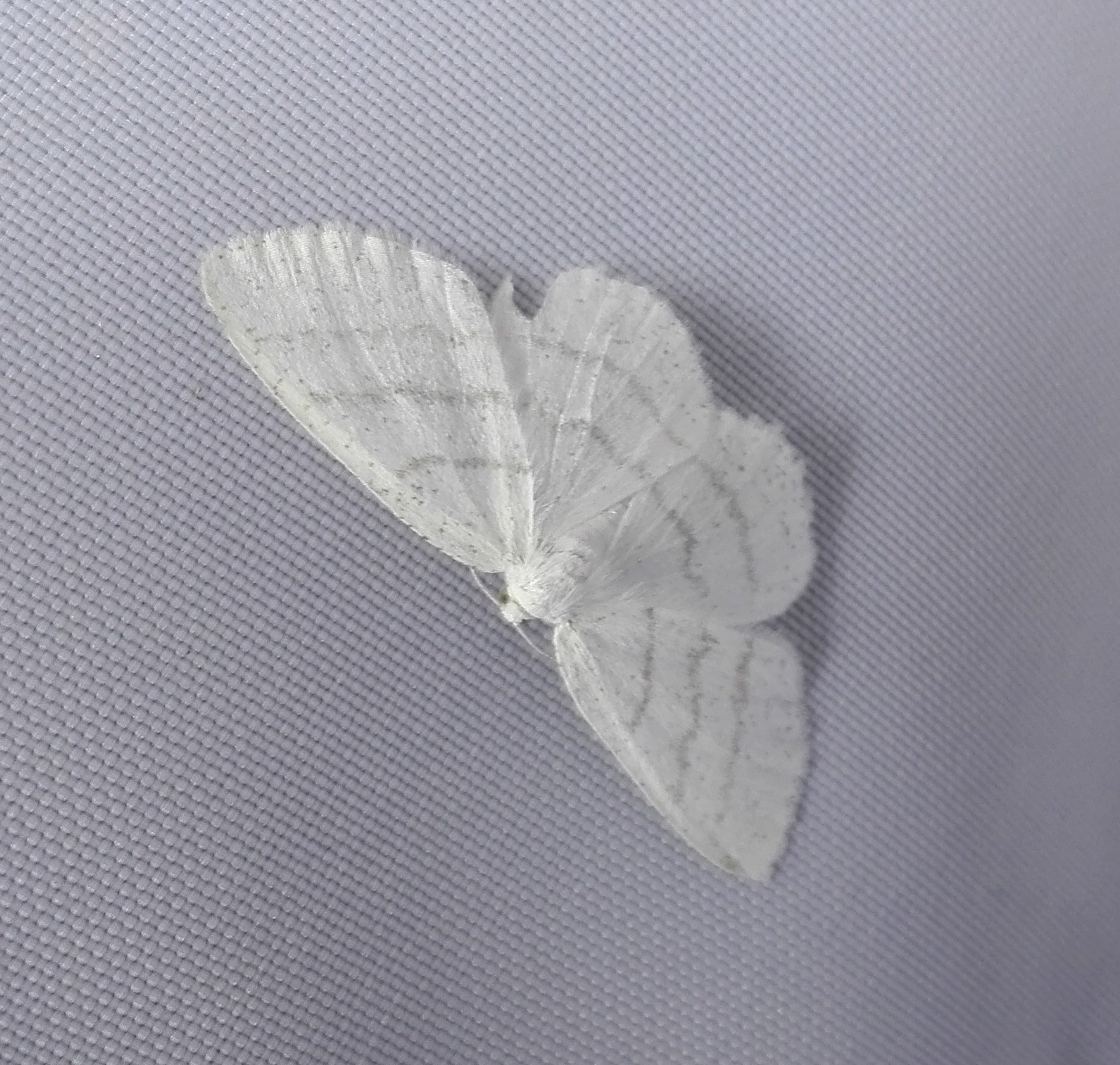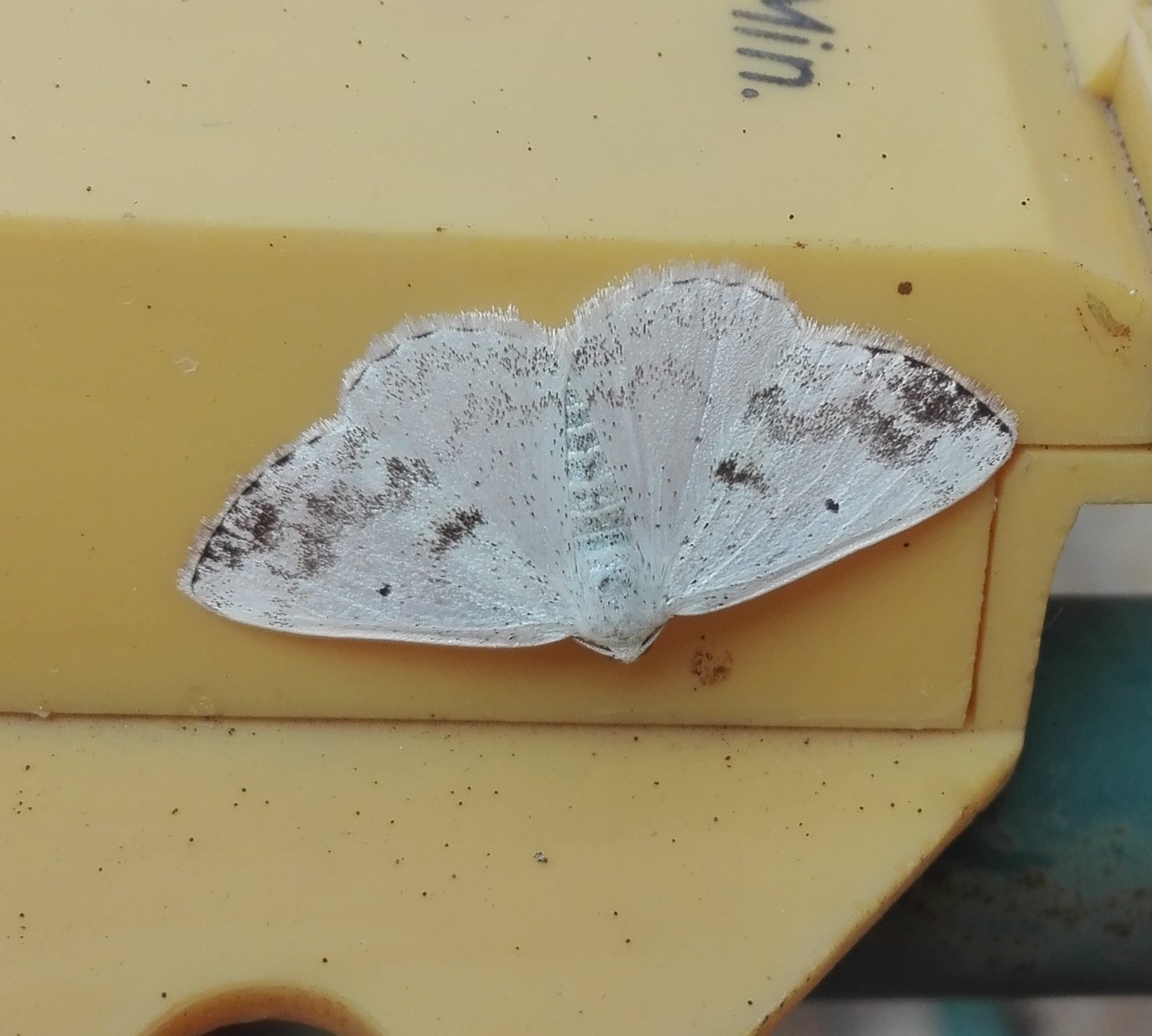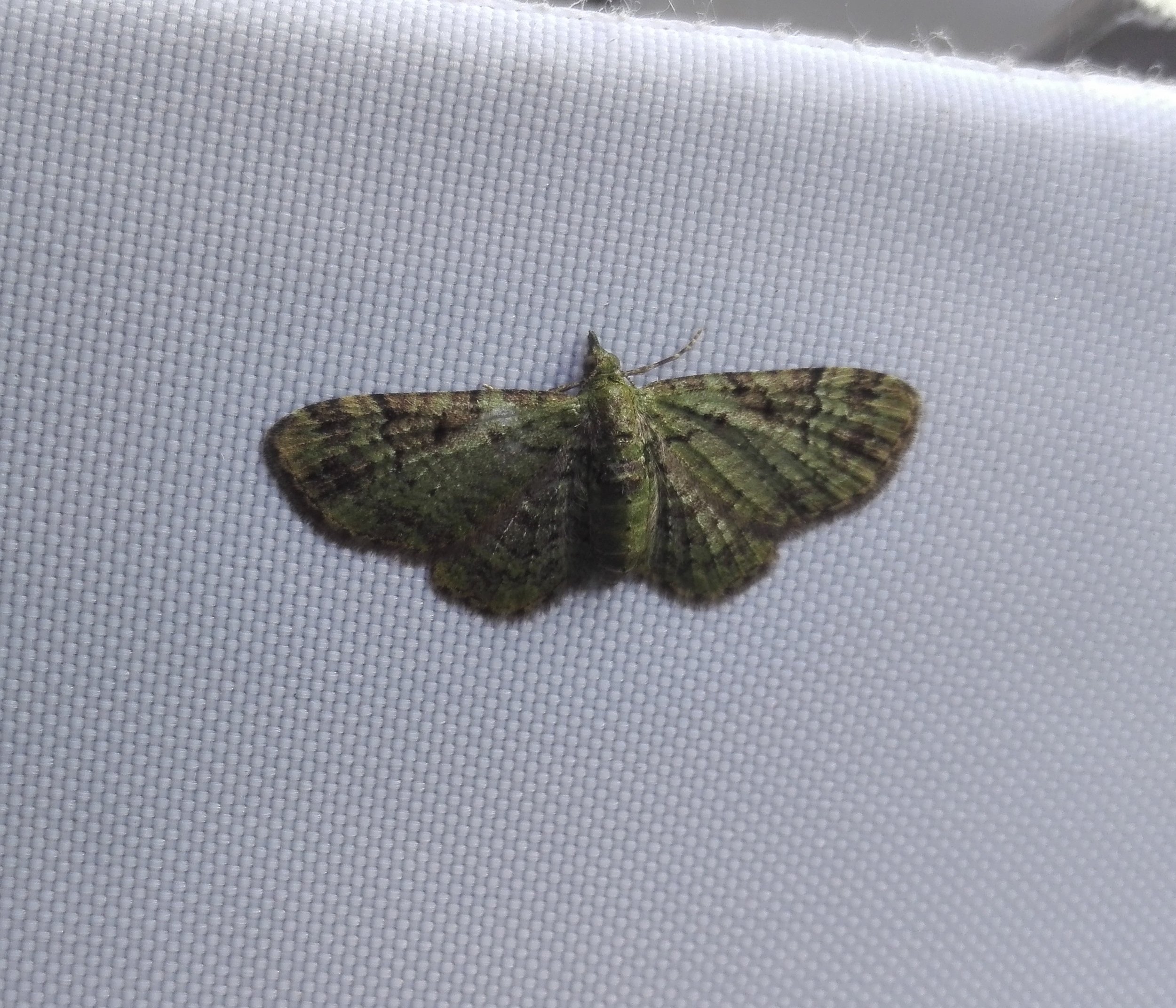Dingy Shears & Others
/A few new species on the list this week. Most exciting thing was a Small Skipper butterfly (Thymelicus sylvestris) that stopped on the lavender for a while, but was too fast to get a decent photo. It was my first new butterfly species in three years. The hot weather early in the week certainly was good for butterflies. The Dingy Shears moth (Apterogenum ypsillon) appeared in the swimming pool and got fished out more or less unscathed - a species that so far didn’t get into my moth trap. Finally at least 2 meters high, I belatedly spotted a couple of Rosebay Willowherb plants (Chamaenerion angustifolium) that are established by the fence at the back of one of the borders.


